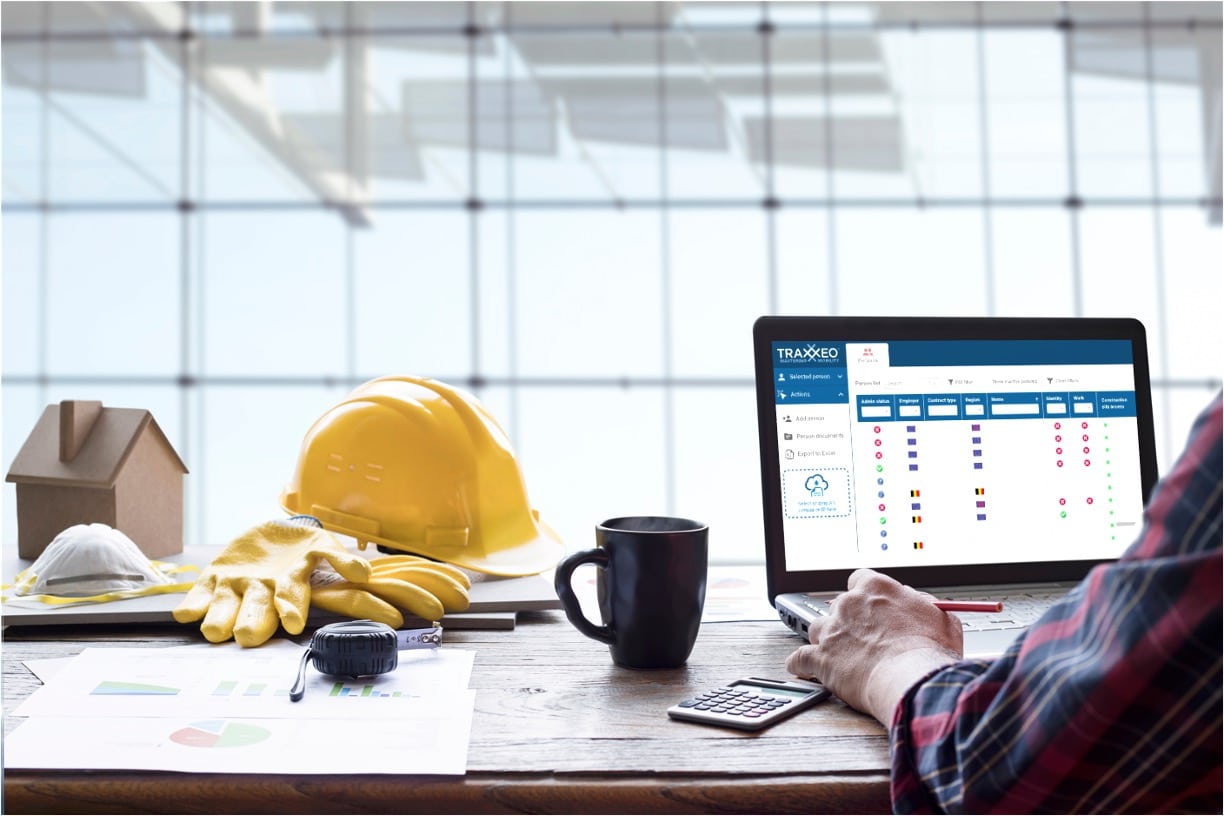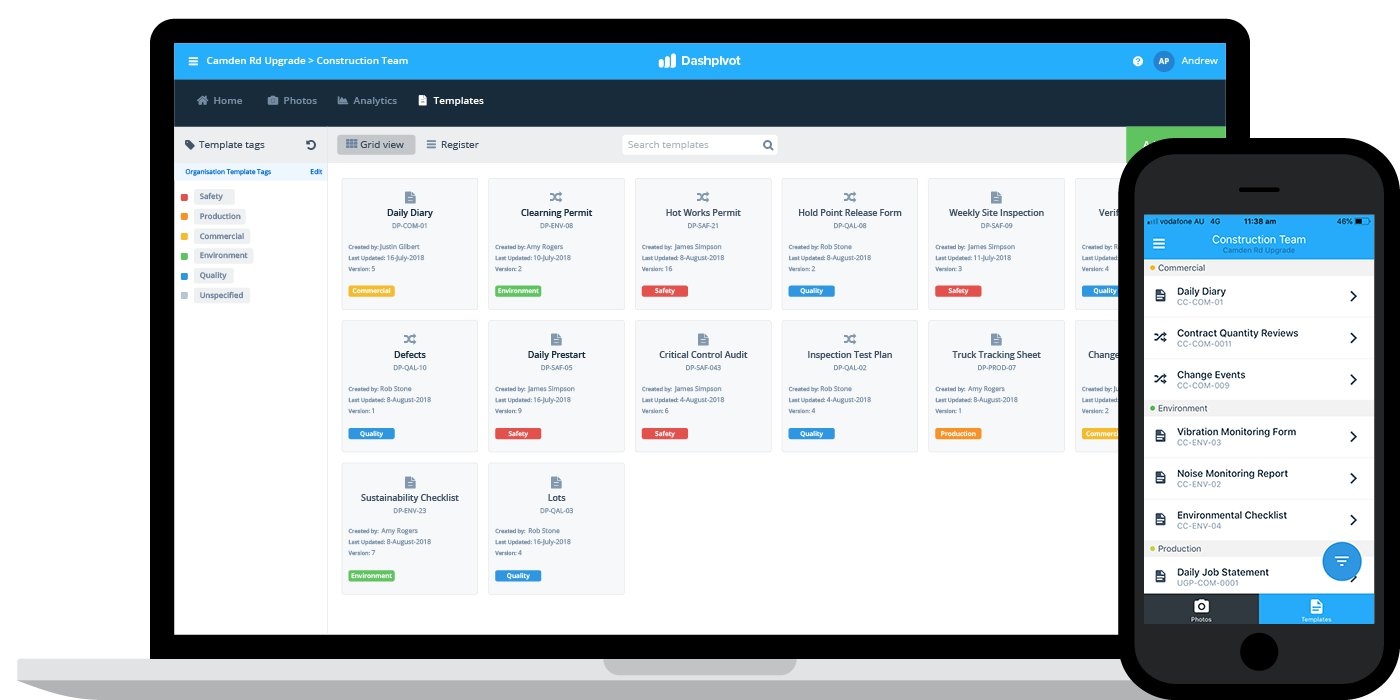Elevate Your Task Management: Construction Document Management Tools You Required
Wiki Article
Optimizing Project Collaboration: Architect's Best Practices in Construction Record Monitoring
In the complex world of architectural tasks, the reliable monitoring of building records stands as a keystone for success. Amidst this intricacy lies a vital inquiry: just how can engineers enhance cooperation procedures to improve job results?Leveraging Cloud-Based Platforms
Leveraging cloud-based platforms is a fundamental technique for modern architects in maximizing building and construction record monitoring procedures. By transitioning from typical paper-based systems to shadow options, designers can improve collaboration, improve document accessibility, and enhance overall task performance. Cloud-based systems use designers the capability to store, share, and update building and construction documents in real-time, ensuring that all employee have accessibility to one of the most present info no matter their area. This accessibility promotes smooth interaction and sychronisation among task stakeholders, bring about less mistakes and hold-ups in the construction procedure.Additionally, cloud-based platforms supply a protected setting for keeping sensitive job information, supplying file encryption, regular back-ups, and user approval settings to protect information stability. Engineers can likewise gain from the scalability of cloud services, permitting them to adjust storage space capacity and capability based on task demands. On the whole, leveraging cloud-based platforms encourages architects to maximize their construction paper management procedures, driving greater partnership, efficiency, and success in their jobs.
Applying Version Control Solution
Having actually developed the benefits of cloud-based platforms in building record management, architects can now boost their document control procedures by executing Version Control Equipment. Version Control Systems (VCS) are essential tools that track changes in papers, guaranteeing that team members are always functioning with the current and most exact details. By applying VCS, architects can keep a centralized repository where all project documents are stored, enabling smooth cooperation while decreasing the threat of mistakes and version disputes.This feature is specifically useful in building projects where style iterations and adjustments are common. This transparency not just enhances liability however additionally assists in settling conflicts or discrepancies that might arise throughout the project lifecycle.
Developing Interaction Procedures
To guarantee effective and efficient project control, engineers have to develop clear and durable interaction procedures within their building paper administration processes. This platform could be a project management software program, e-mail strings, or cloud-based storage solutions.Furthermore, communication methods must likewise include standards on exactly how to manage disputes, change orders, and immediate problems that may arise throughout the task lifecycle. Developing a structured approach to interaction makes sure that all stakeholders are on the same web page, promotes openness, and inevitably adds to the successful conclusion of the building job.
Using BIM Software for Coordination
BIM software program plays a crucial function in enhancing control among project group members in the building and construction sector. Building Information Modeling (BIM) promotes partnership by providing a central platform where engineers, engineers, specialists, and other stakeholders can function together in a collaborated fashion. With BIM software program, job participants can access and update a shared model that has comprehensive details regarding the structure style, building and construction elements, and task schedules.
Furthermore, BIM software program allows real-time collaboration and interaction among employee, no matter their physical area. Via cloud-based BIM platforms, task stakeholders can access the most recent task details, track adjustments, and make informed choices quickly. On the whole, leveraging BIM software application for control improves task efficiency, efficiency, and ultimately causes effective project end results.
Ensuring Data Safety and Conformity
In the realm of construction document administration, securing information integrity and making sure check it out governing conformity are paramount considerations for designers and various other job stakeholders. Engineers have to implement durable safety and security procedures to secure sensitive job details from unapproved accessibility or breaches.
Final Thought
In conclusion, designers can maximize project cooperation in construction paper management by leveraging cloud-based Find Out More systems, carrying out variation control systems, establishing interaction methods, utilizing BIM software application for control, and ensuring data safety and conformity. These best practices assist simplify the building process, enhance interaction among task stakeholders, and enhance effectiveness in job distribution. By adhering to these standards, architects can efficiently handle building records and promote effective task outcomes.Through BIM software, project participants can access and update a shared design that consists of in-depth details concerning the structure style, building elements, and job routines.
With cloud-based BIM systems, job stakeholders can access the most current job information, track changes, and make notified decisions quickly - construction document management. In general, leveraging BIM software for coordination enhances project performance, productivity, and inevitably leads to effective task end results
In final thought, engineers can enhance job collaboration in construction record monitoring by leveraging cloud-based platforms, executing version control systems, developing communication protocols, making use of BIM software application for sychronisation, and directory ensuring information safety and compliance. These best techniques aid enhance the construction procedure, enhance interaction among task stakeholders, and improve effectiveness in project distribution.
Report this wiki page